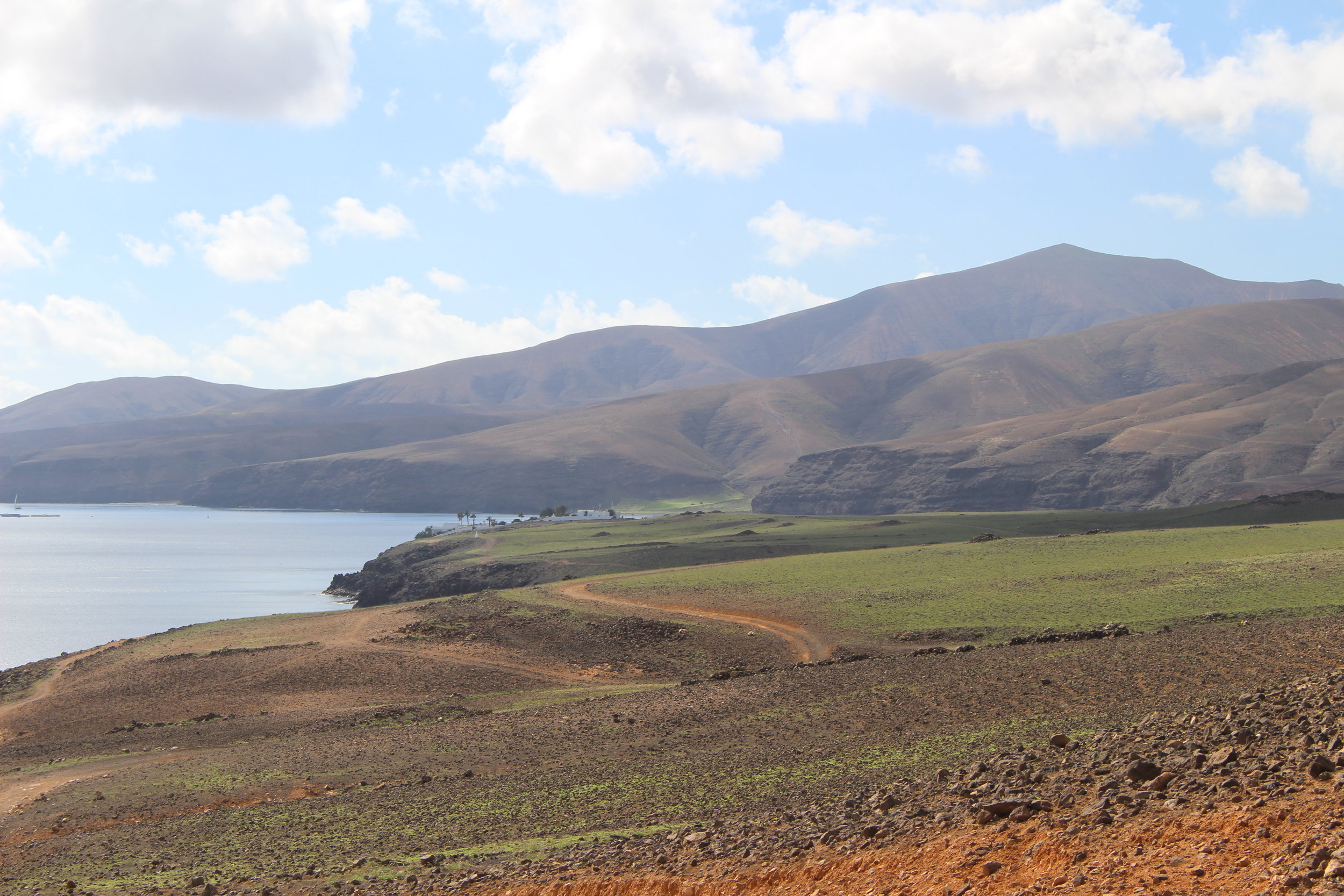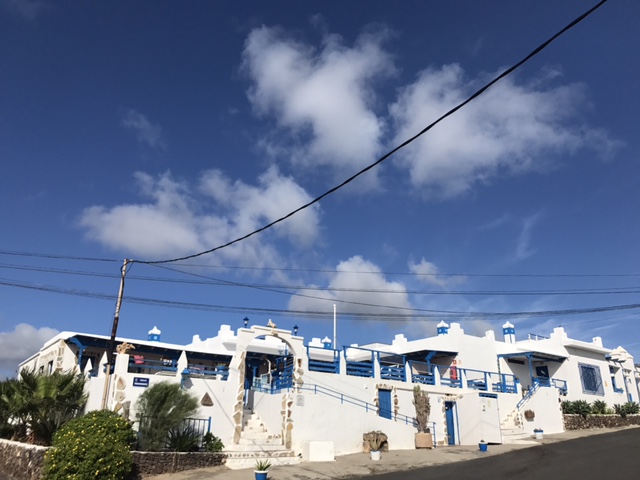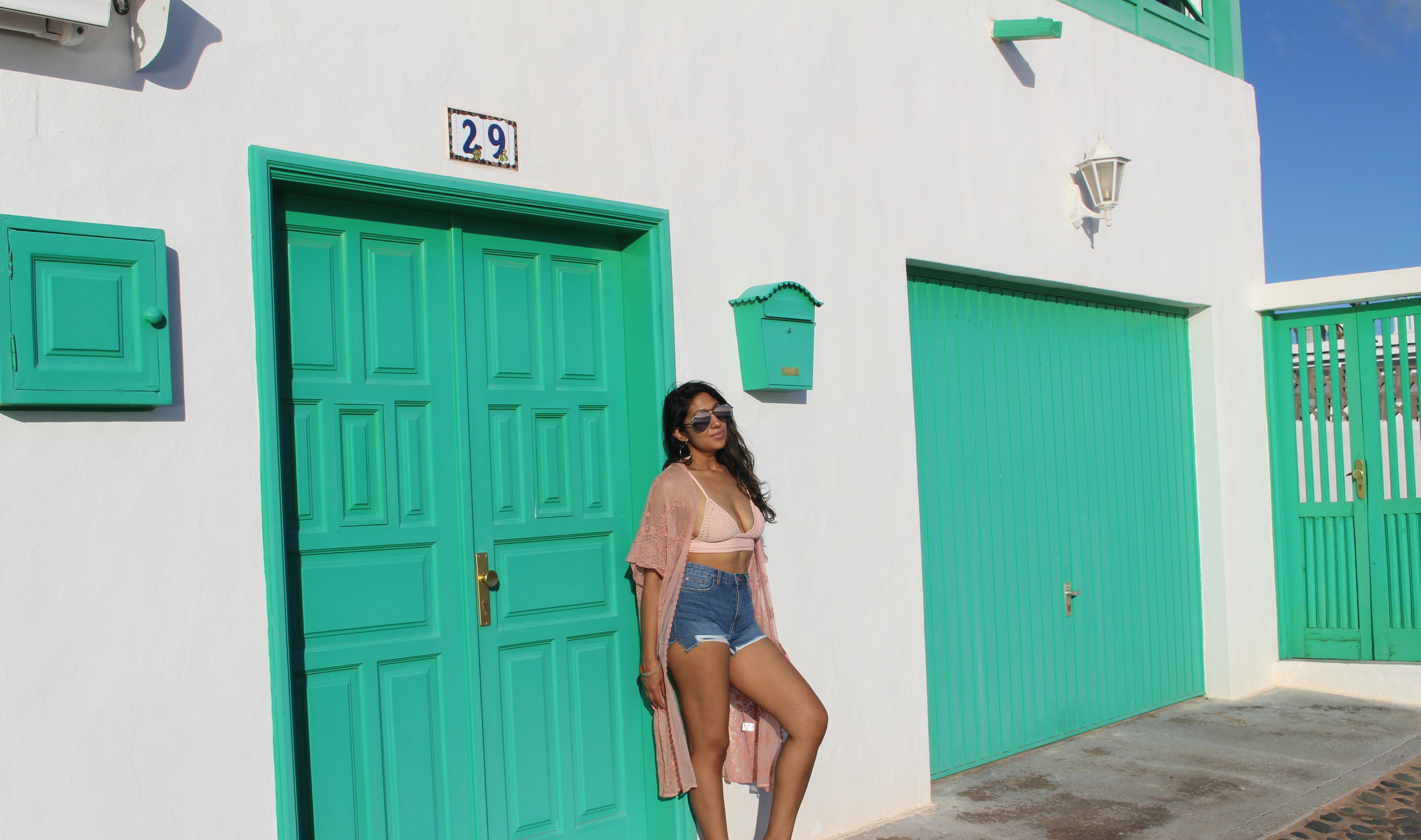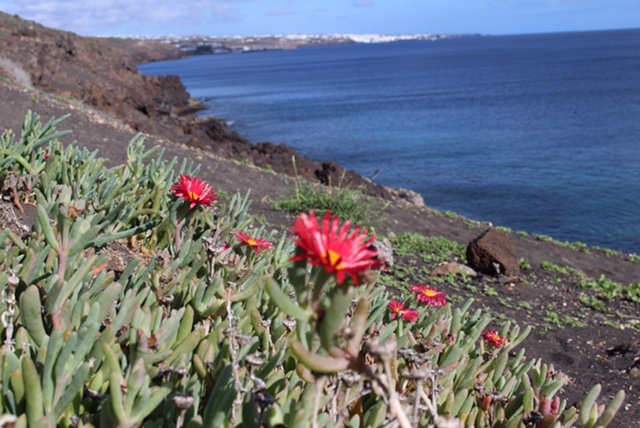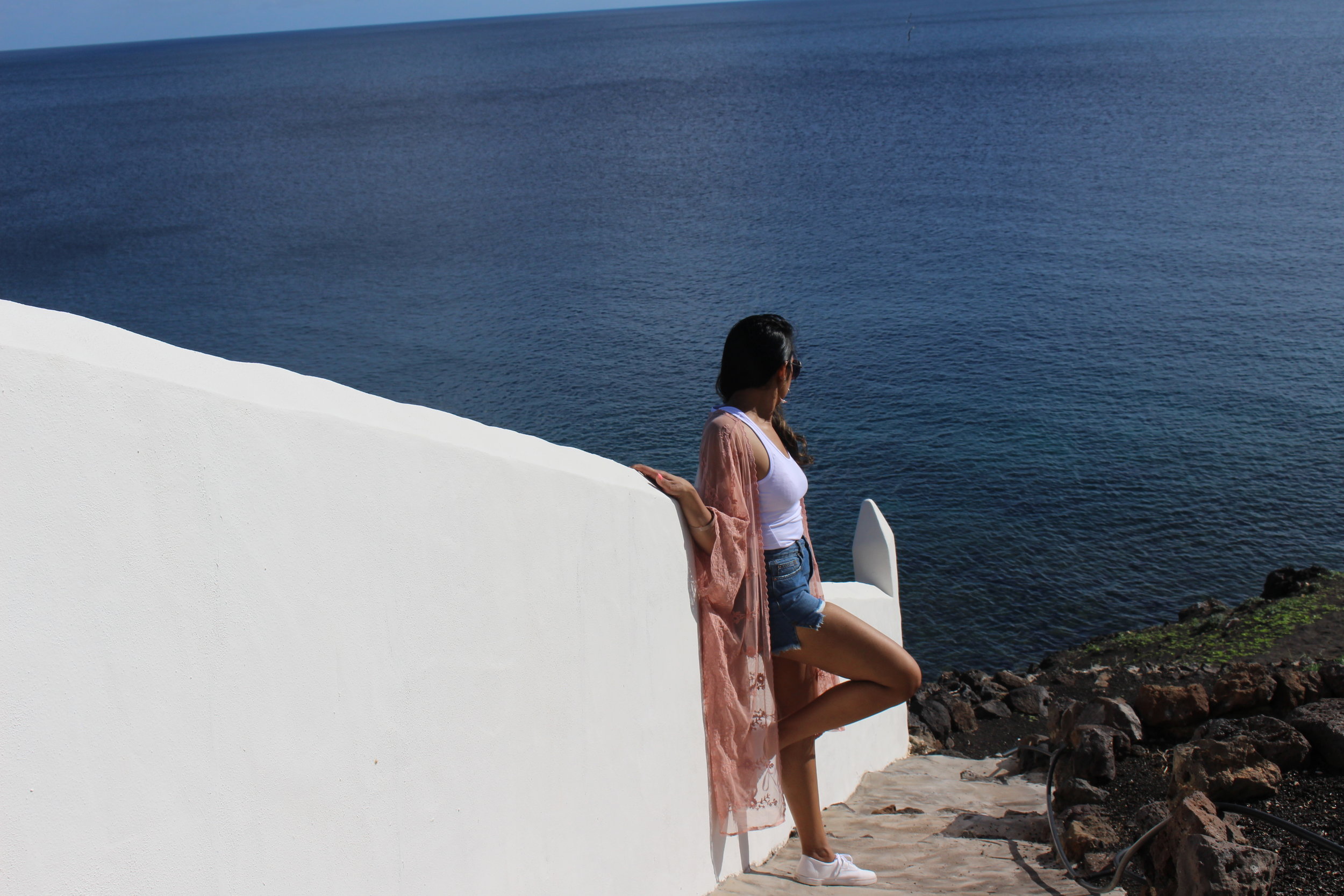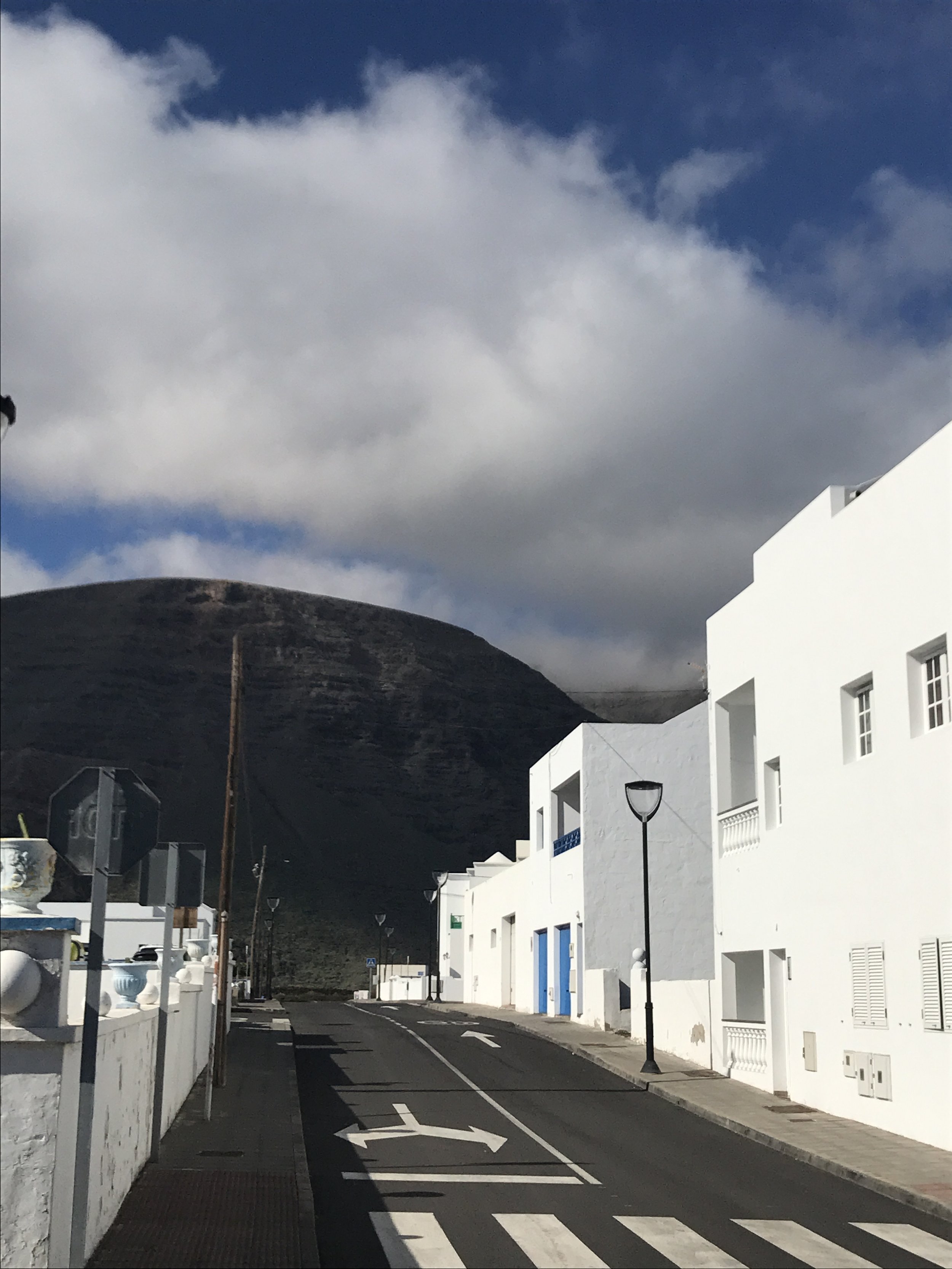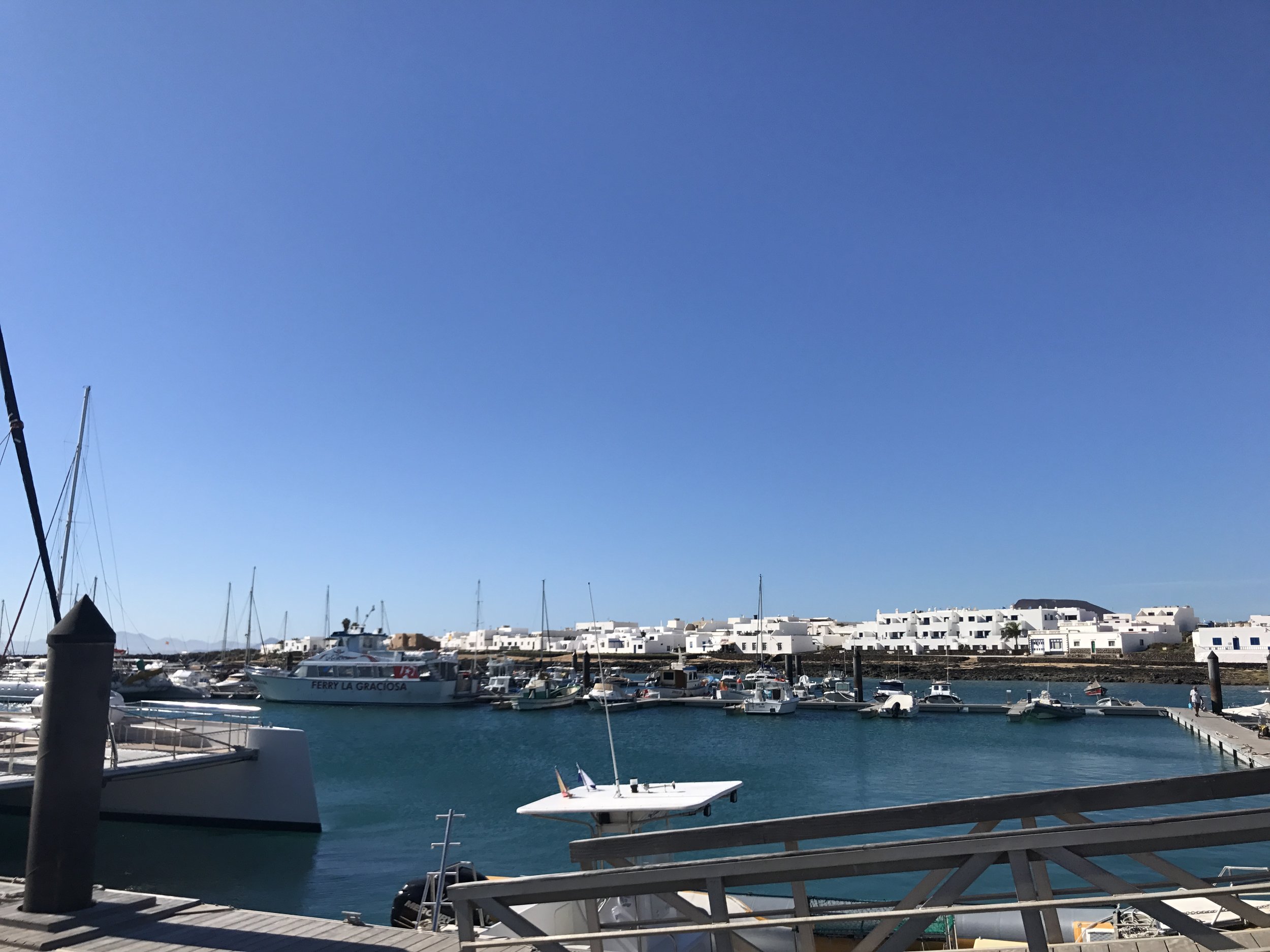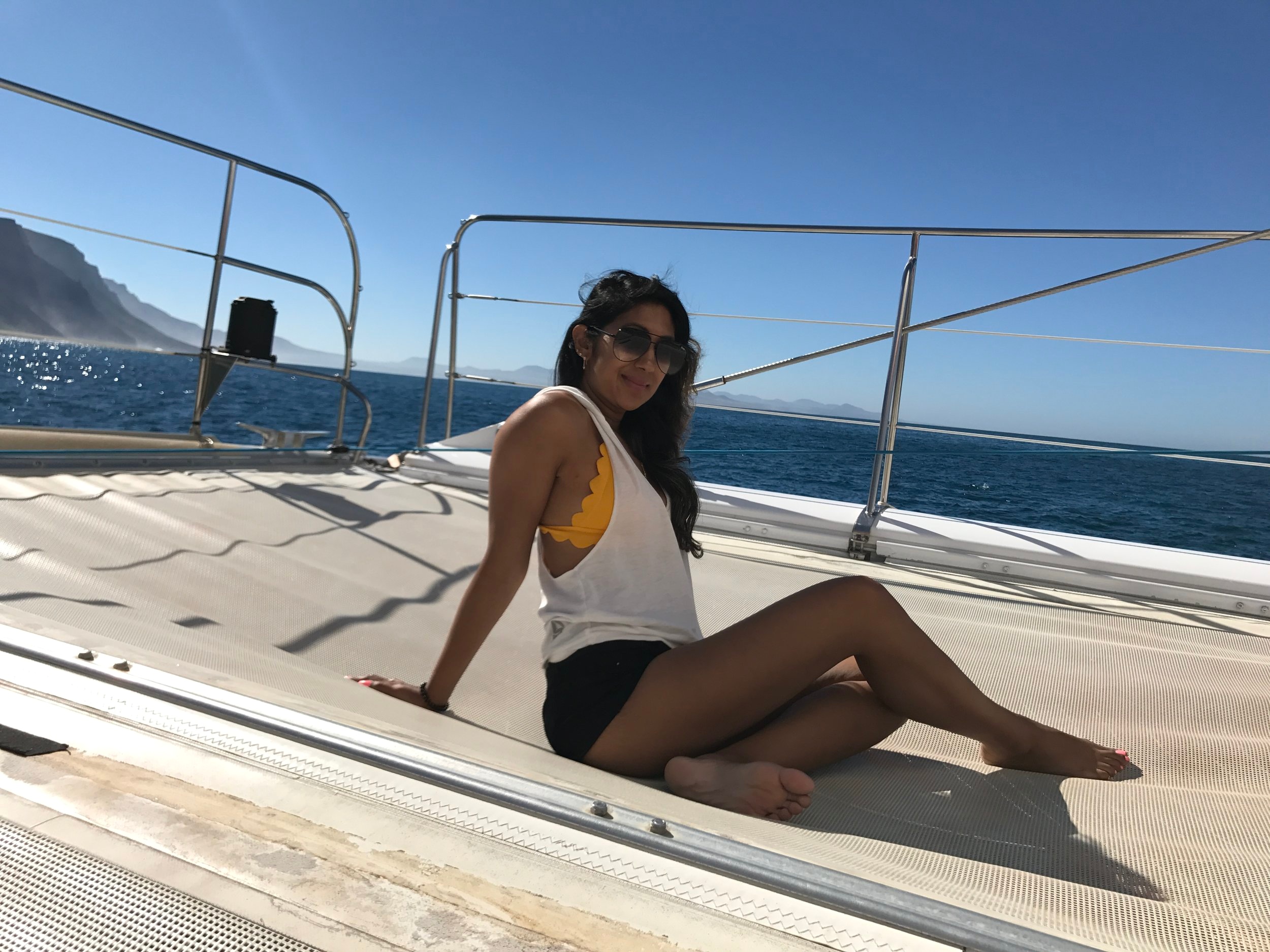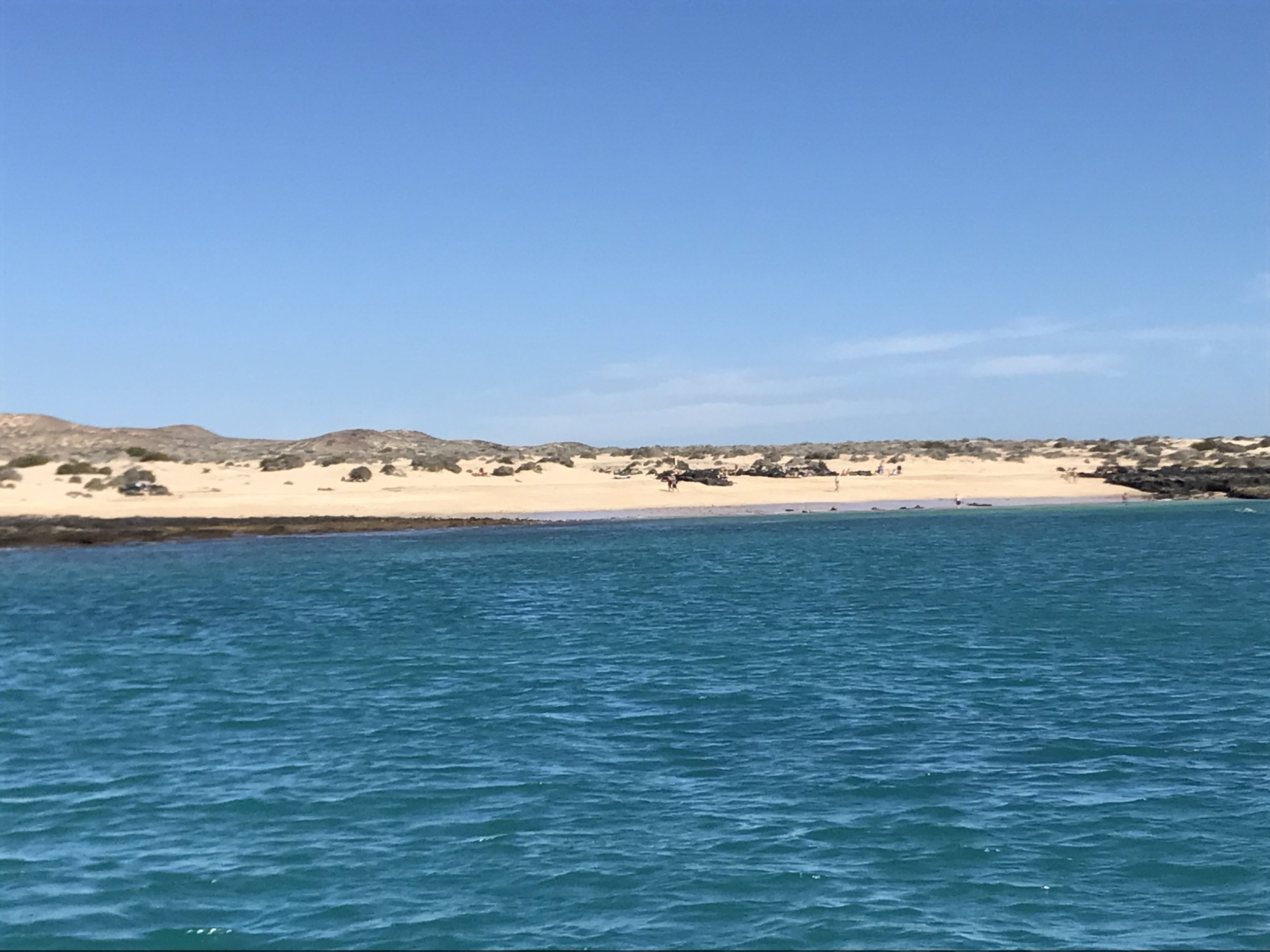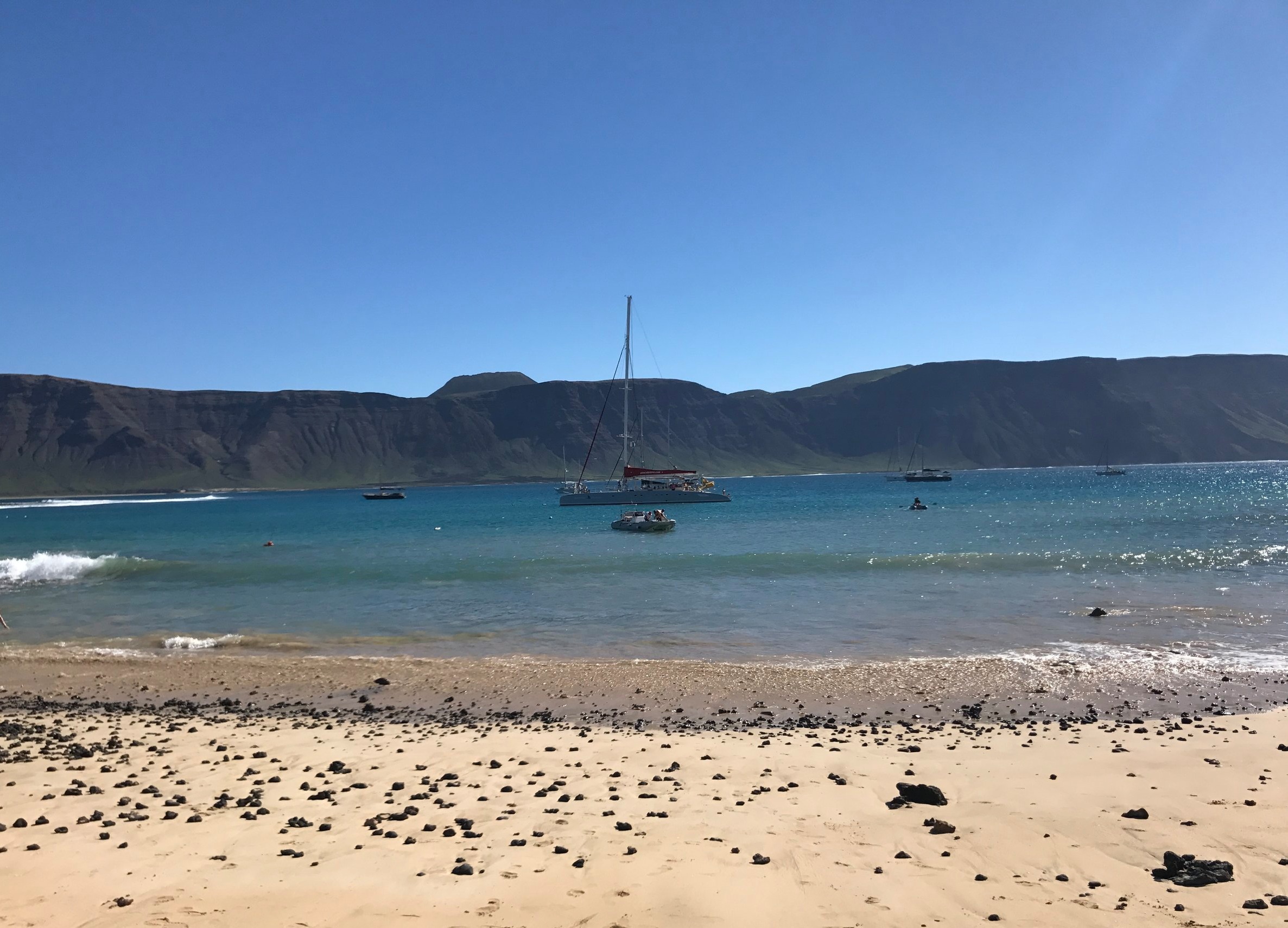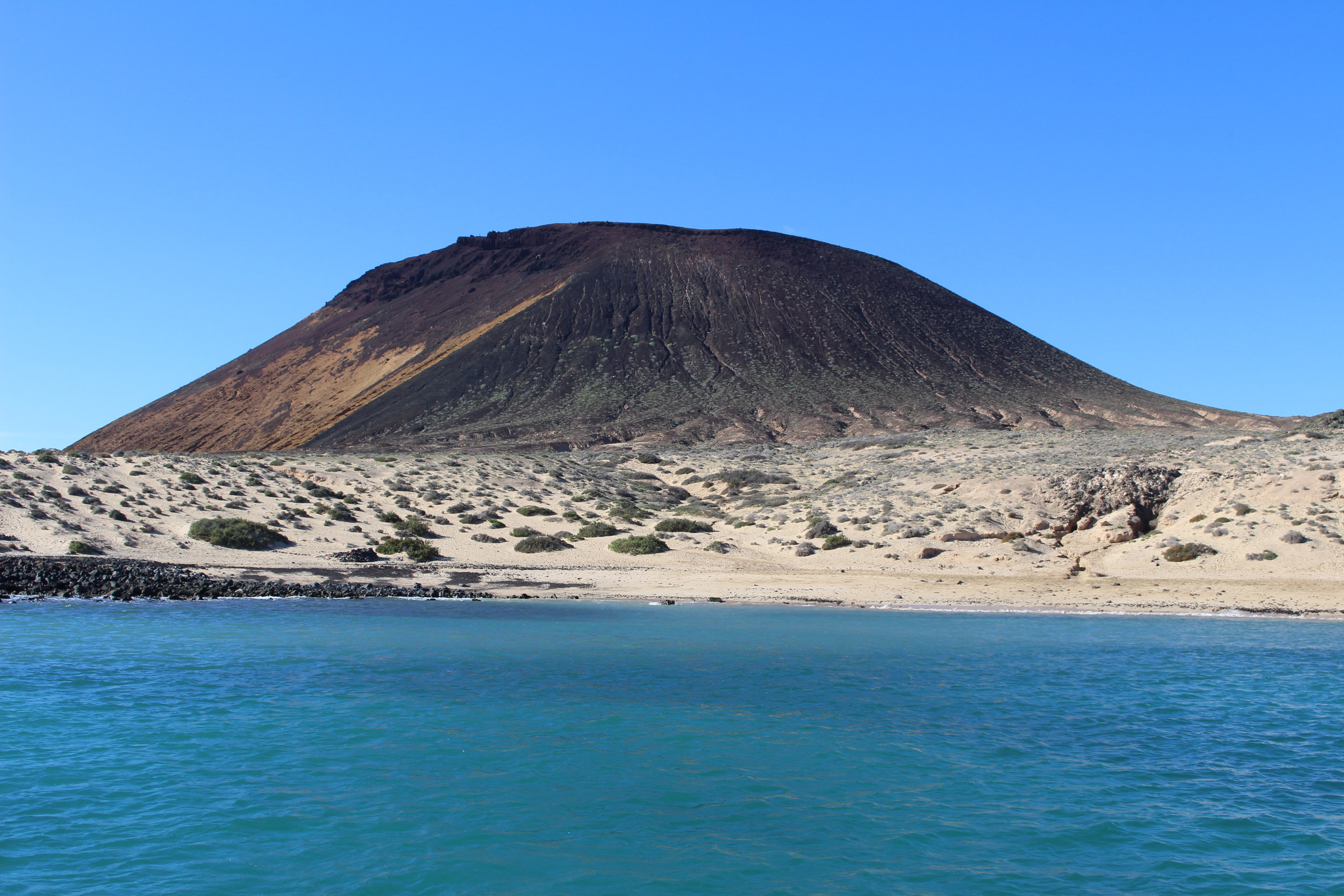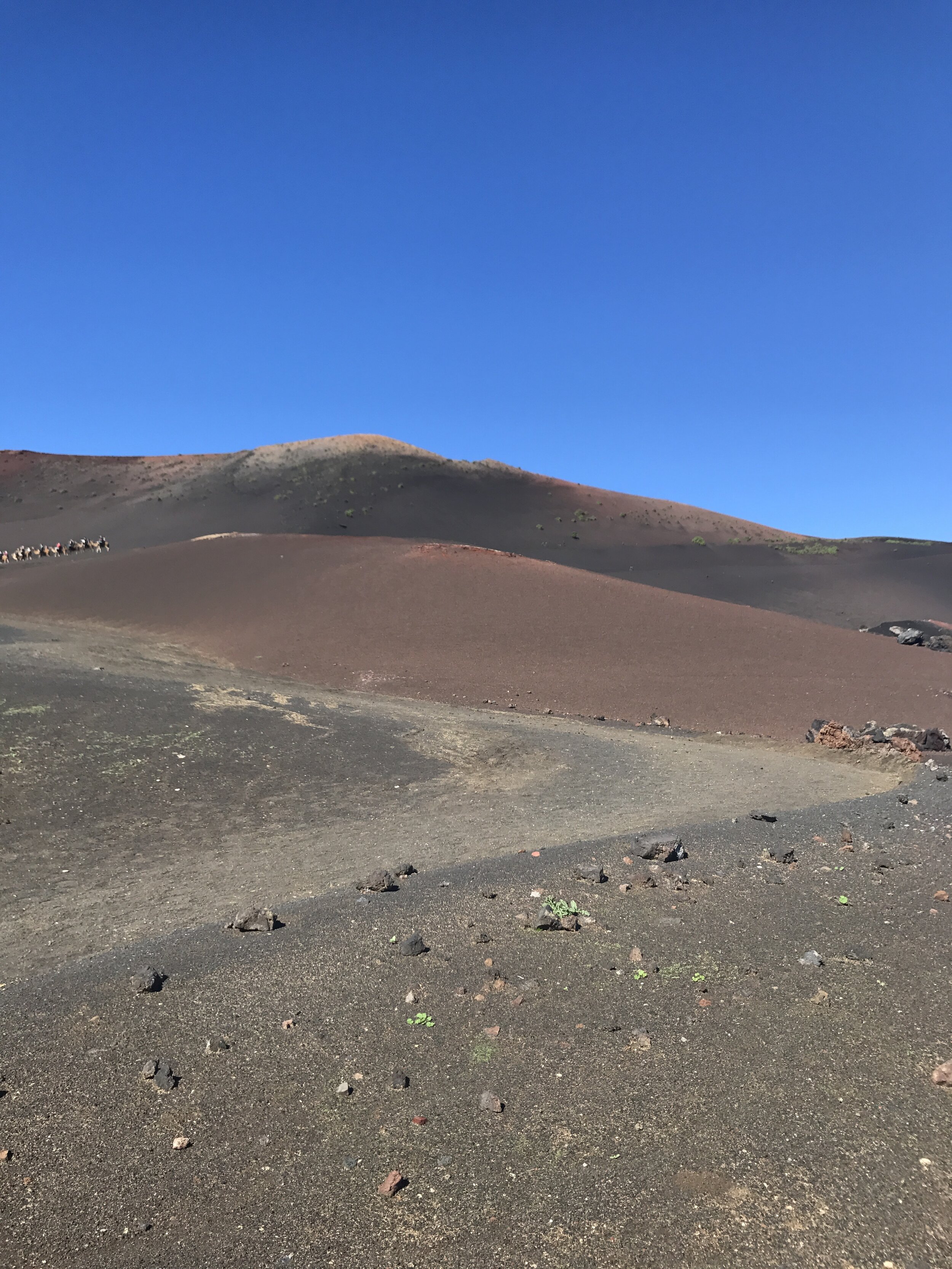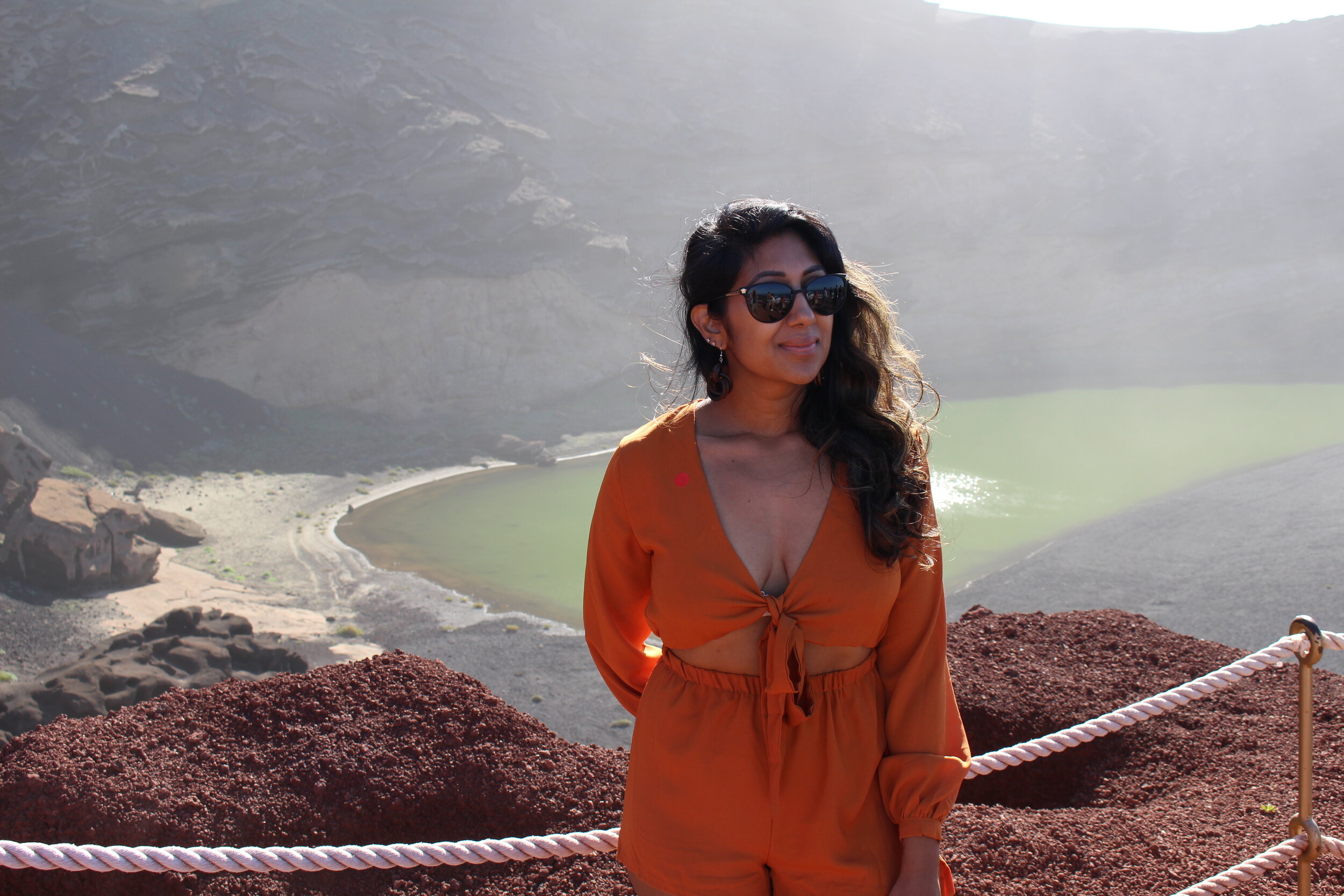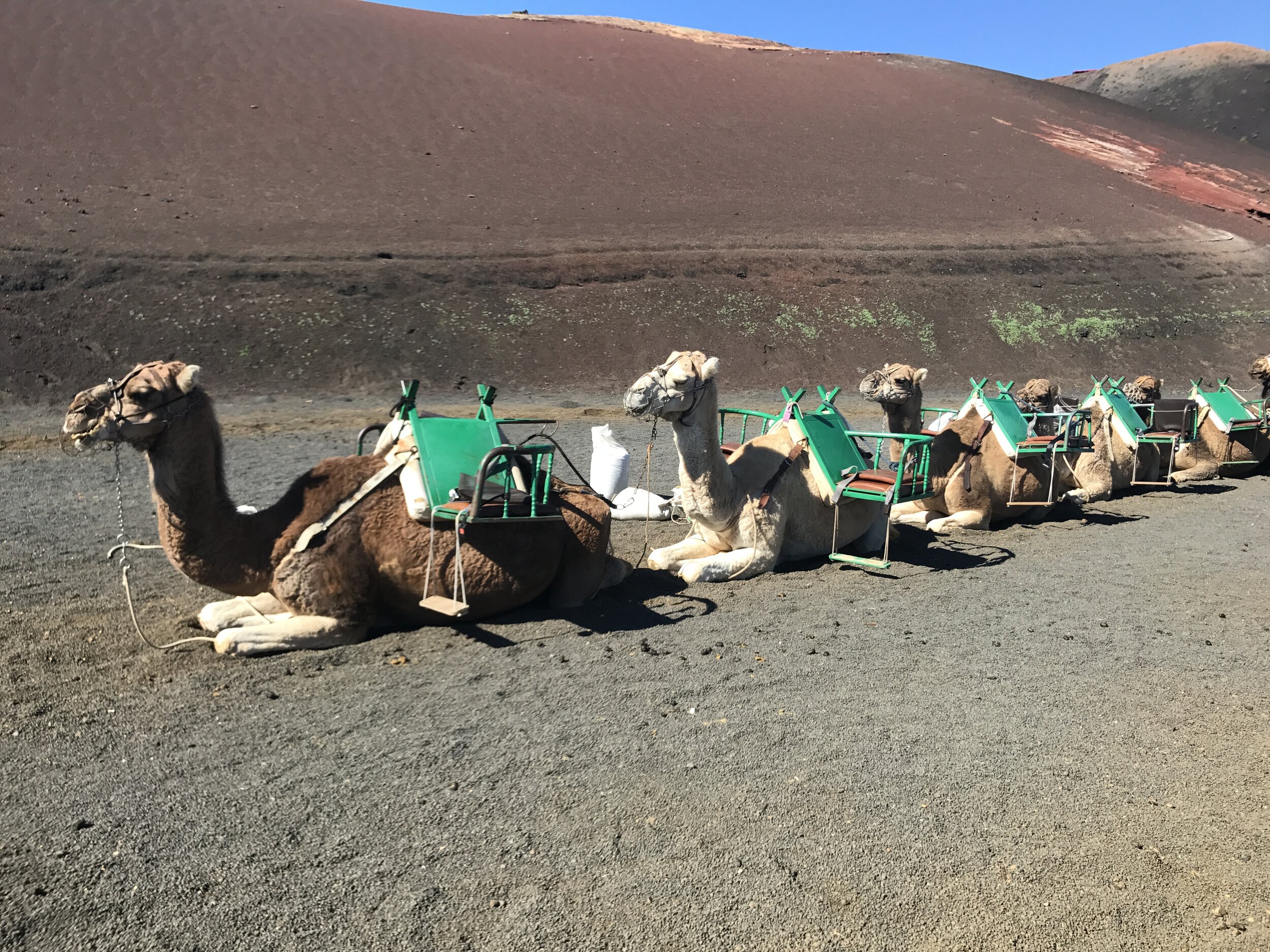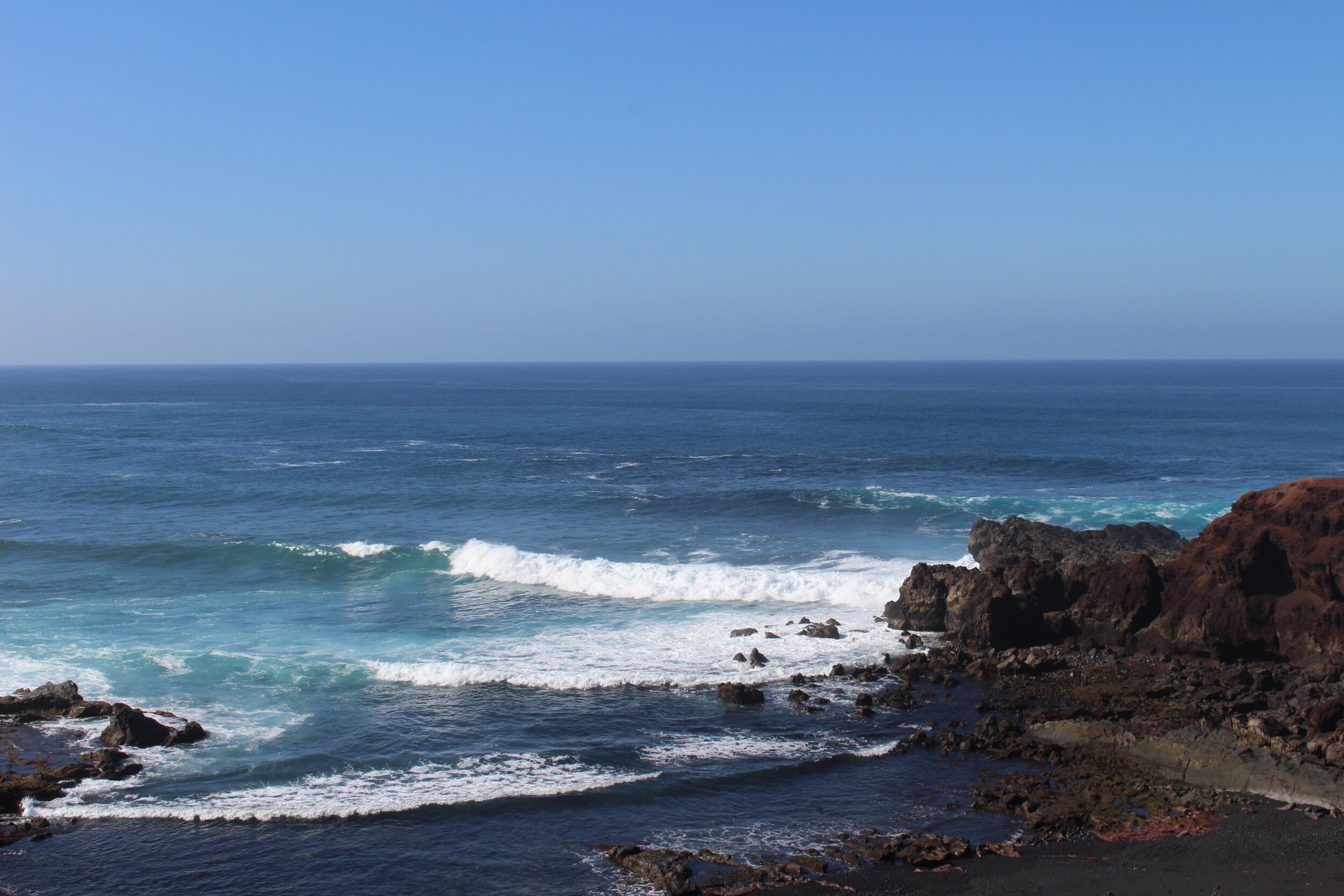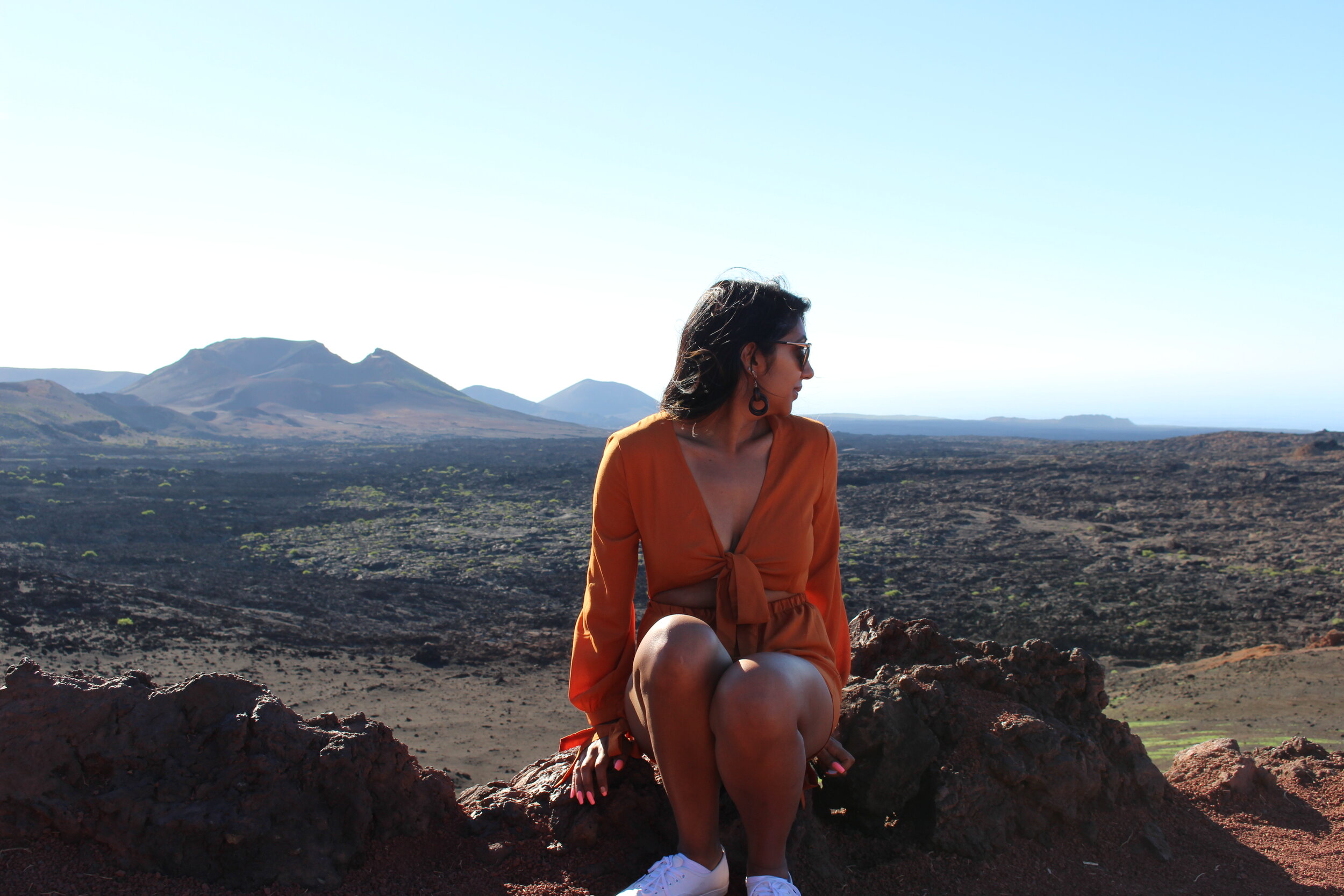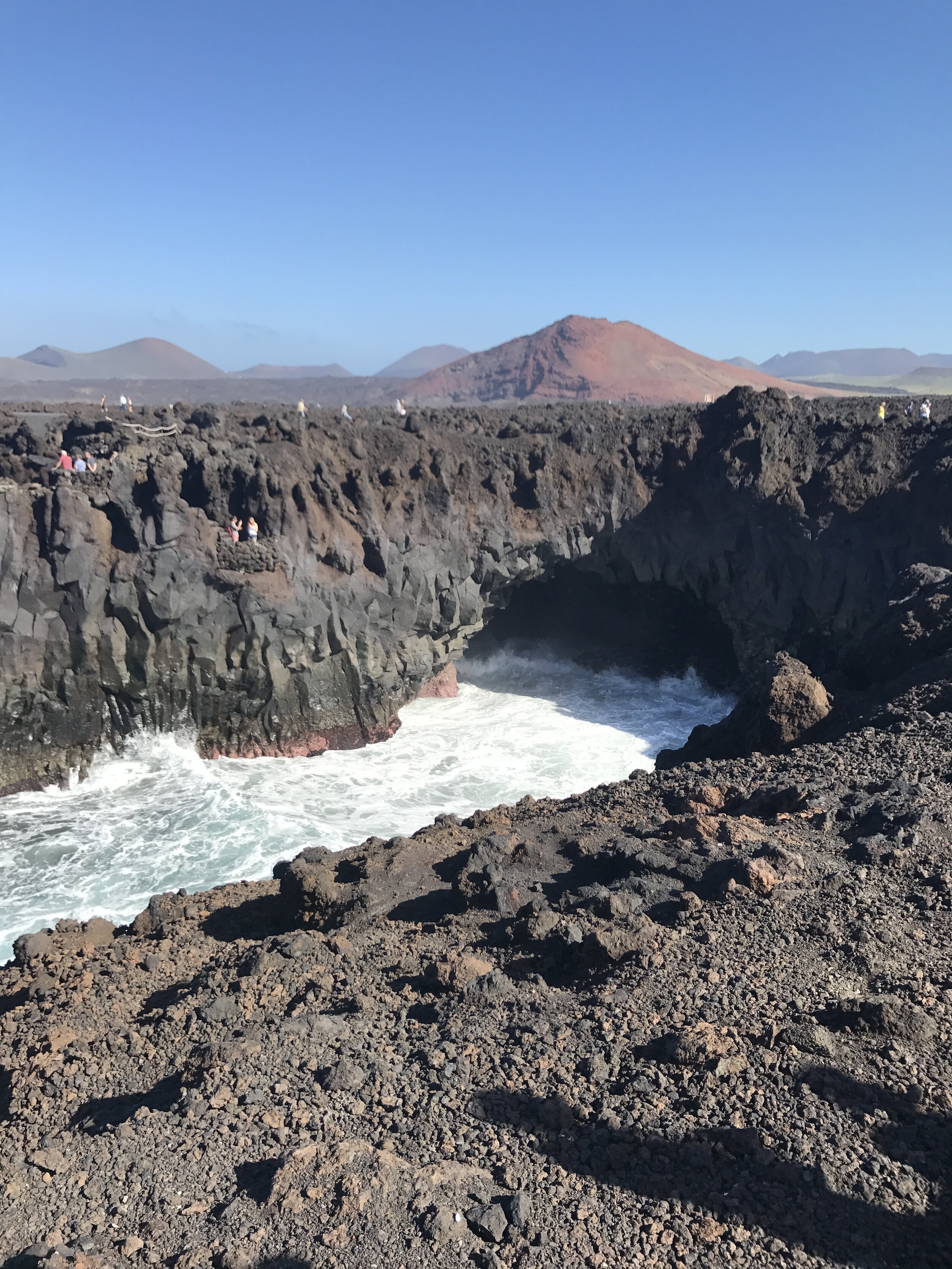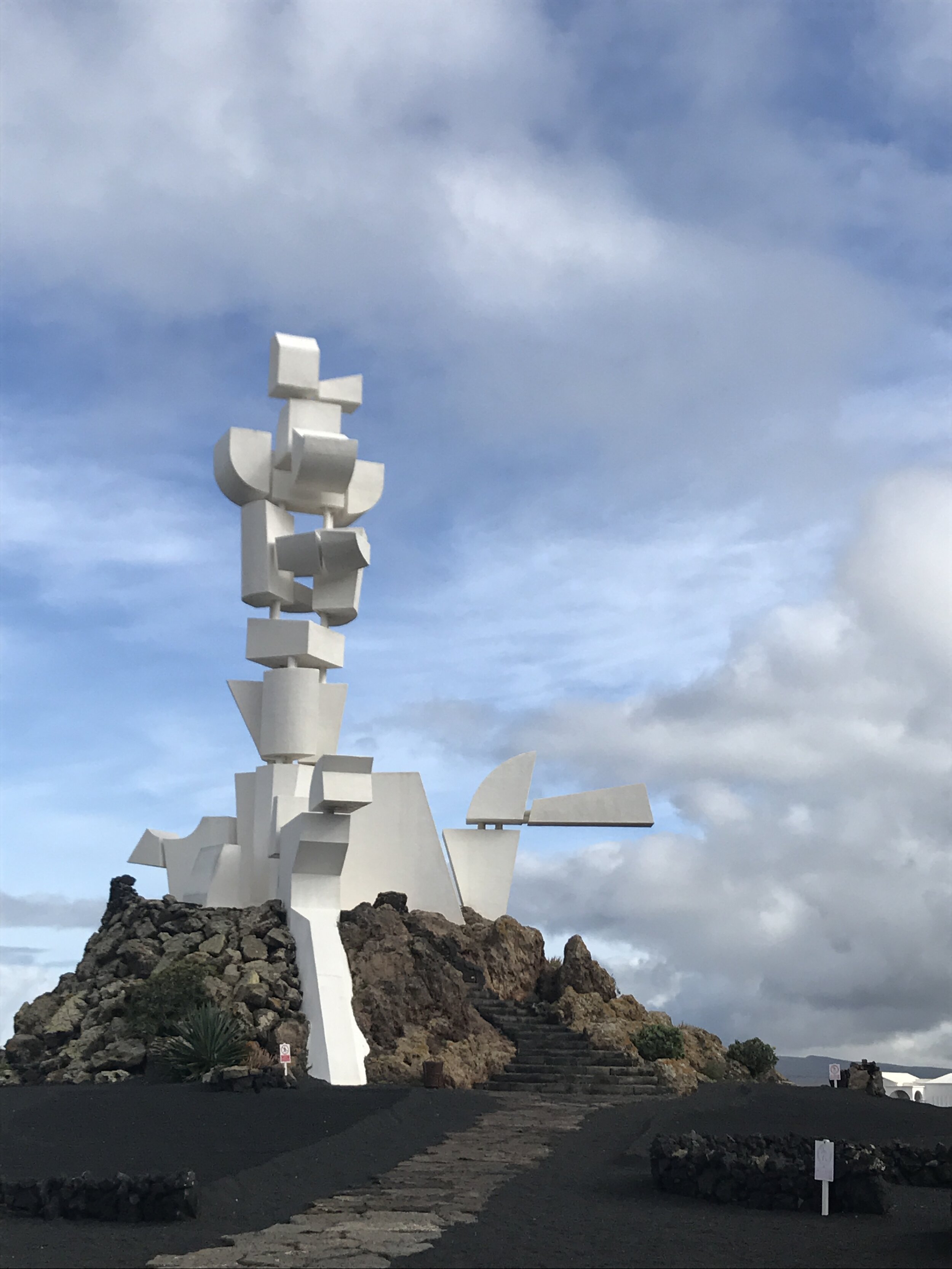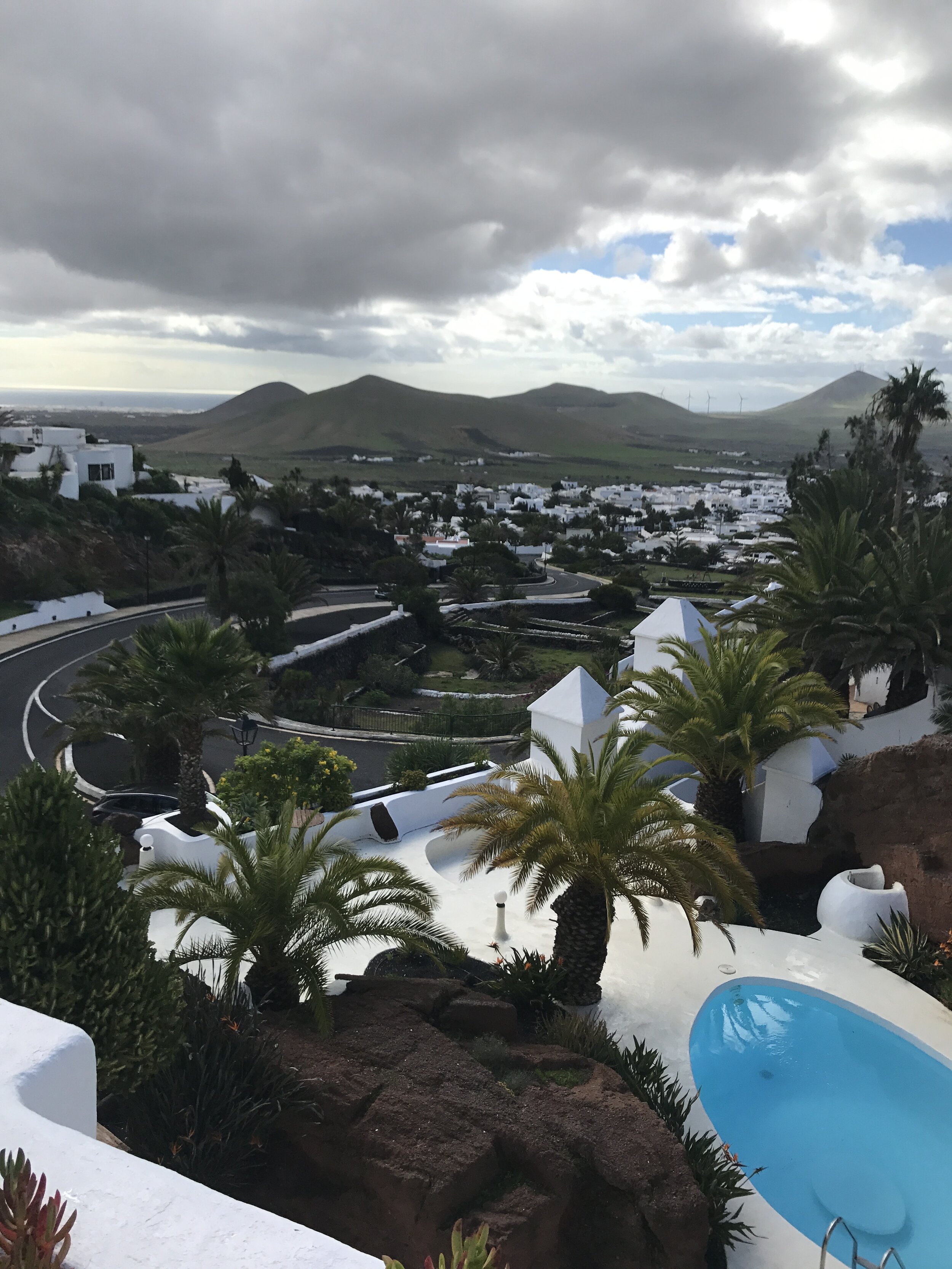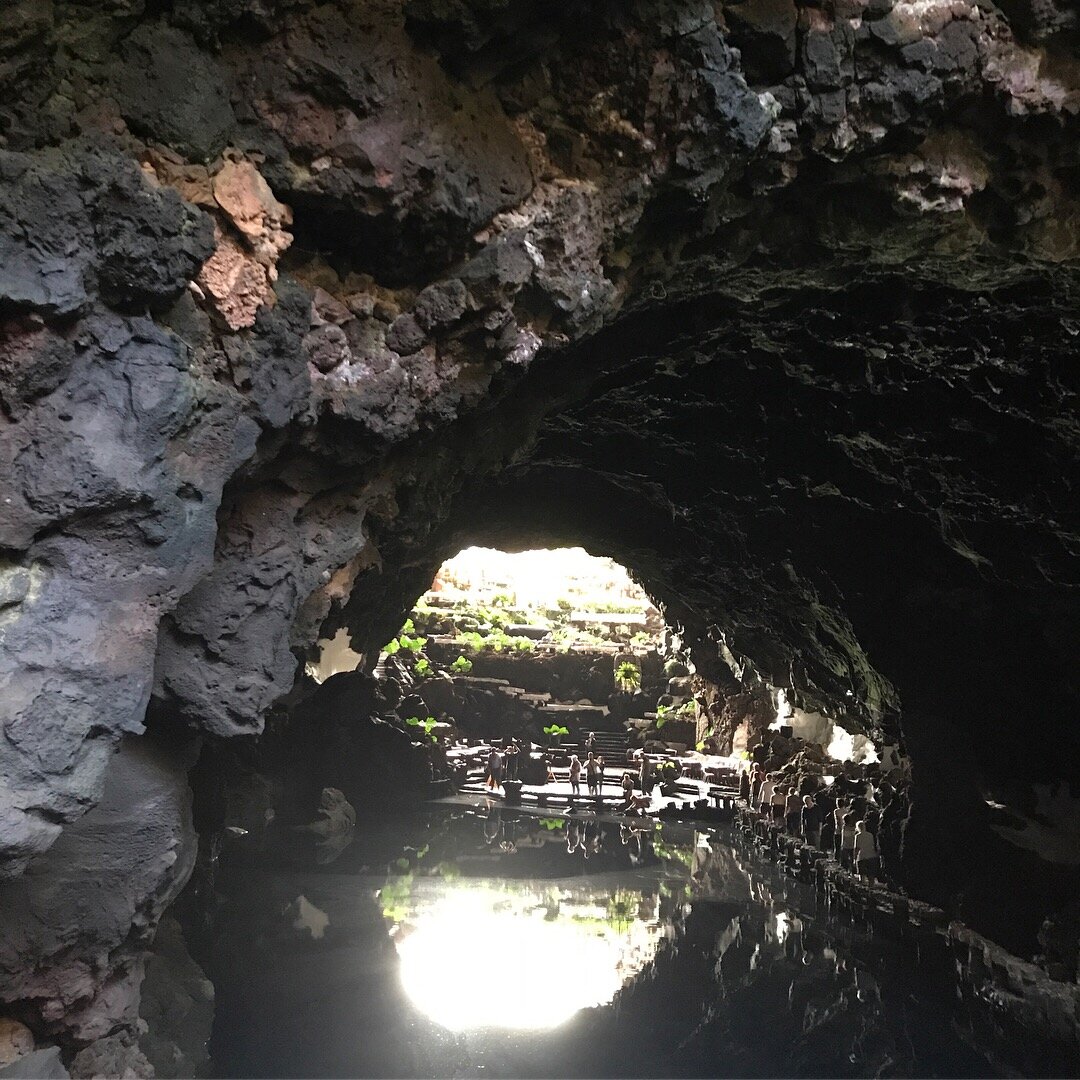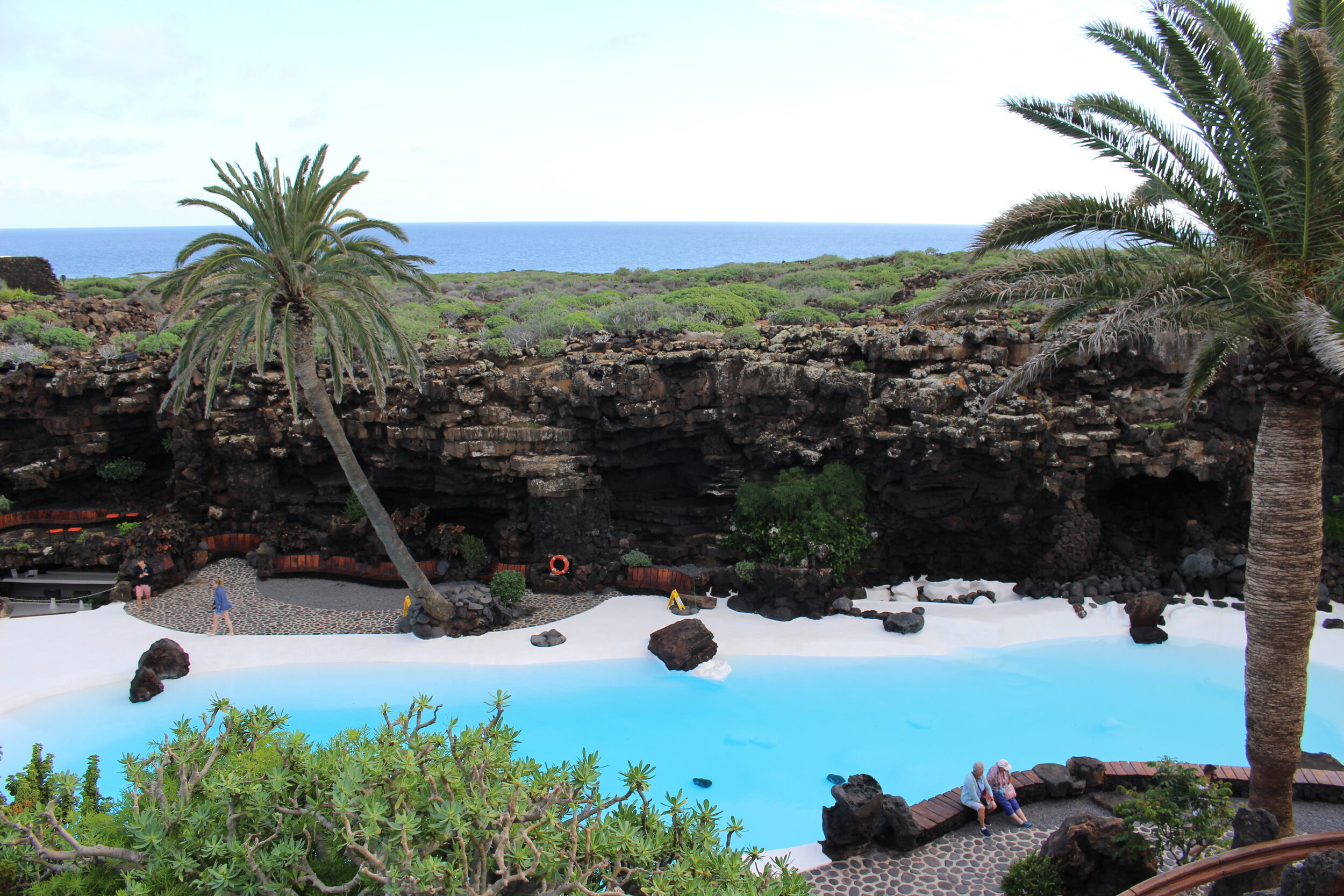Canary Islands - Lanzarote: Travel Guide
My husband and I celebrated our 10 year anniversary in November and thought it would be a great time to go on a much needed vacation and celebrate our anniversary. We are total beach bums and have tended to gravitate towards the Caribbean islands when travelling but after having been to six different islands in the last few years we were looking to try something new. We have had our hearts set on a European vacation. Destinations like Spain, Greece and Italy were on the short list but we soon discovered that most places at the top of our list were relatively cold during the month of November. While many parts of Europe are beautiful during the colder seasons we were longing for some beach weather. A simple Google search of 'Europe, warm weather, November' returned Lanzarote as one of the top results. While I had never heard of Lanzarote, after doing some research, I realized that Lanzarote checked a lot of the boxes for an ideal vacation spot. It was European, a part of Spain and warm. It also seemed to have a Mediterranean flair with all of the low rise whitewash buildings. Also known as, 'good spots for IG shots' which these days means everything.
A connecting flight and 16 hours later we arrived in Lanzarote, five hours behind local time in Toronto. We checked into our hotel, Hesperia Lanzarote, located near the island's capital in Arrecife. The hotel is situated on private property overlooking the Atlantic ocean and an incredible landscape of volcanic cones. Just a 10 minute walk from the hotel in Puerto Calero. Puerto Calero is a small marina town that includes some great little shops, a variety of restaurants and a supermarket where you can get well-priced grocery items and alcohol.
Puerto Calero
Our first day we decided to explore a nearby fishing town set near a secluded black sand beach. Just outside of the hotel there is an incredible trail carved out of the side of a cliff overlooking the ocean. We followed a path of small peaks and valleys about 35 minutes before we hit the small fishing town where we found some great photo spots near some white wash houses and a small ocean side restaurant. A bit further is where we found a small beach made up of black volcanic sand. I have to warn you unlike us we didn’t know before hand that the beach, Playa Quemada, happens to be a nude beach. The warm volcanic, sand felt great on the skin after a dip in the cold ocean. The trek to Playa Quemada is 5km hike each way but well worth the effort, so much so we returned there a second time the day before we left.
Lanzorote, being the fourth largest of the Canary Islands at just 60 km long and 25 km wide you could see the entire island in about a day. While relatively small it was still easy to fill up our itinerary for the week. We even had to forgo some other popular attractions on the island like the Teguise market and Playa Blanca.
On day three we traveled to a secluded island, La Graciosa. Only accessible by boat, we set sail from a nearby port to the uninhabited island. While the only attraction on the island is the beach, just knowing you are on an unmanned beach makes you feel so secluded. Though our time on the island was short the sailboat ride to and from was a lot of fun. The tour company Graciosa Sail did a great job at keeping us all entertained. From a tasty lunch on board to great music, they kept the drinks flowing and the good times were rolling.
We can never get enough of the beach, so mid-week we found ourselves heading out on our own to a public beach called Playa Grande in Puerto Del Carmen.
Puerto Del Carmen
Timanfaya National Park
Day 5 was one of the highlights of the trip is also one of the more popular tours on the island, Timanfaya National Park. Timanfaya National Park is in the southwestern part of the island and is entirely made up of volcanic soil. Much of the terrain is off-limits to foot traffic but some areas can be accessed on camel-back if you so choose.
On day six we decided to do a guided tour and visited several unique locations on the island.
Cesar Manrique House, Museum
Designed by famed Lanzarotenian architect Cesar Manrique this house was built among a landscape of lava fields. Manrique used a series of lava formations and caverns to carve out the ultra-unique architecture of this once home turned museum.
Jameos Del Agua
A unique volcanic tunnel and caverns that features a salt lake, restaurant, and concert hall that was transformed by architect Cesar Manrique.
Mirador Del Rio
Also designed by Cesar Manrique Mirador Del Rio is located 400 meters high on the Risco de Famara and offers an incredible panoramic view of the area.
If you’re looking for one of a kind destination, the Canary Islands is worth a visit.
Have you been to the Canary Islands?
Samantha
xoxo
Thanks for stopping by, please don't forget to subscribe below so you don't miss out on future posts.


